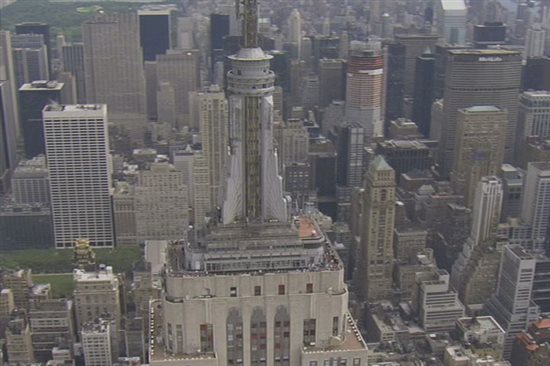Hi!
I'm having some troubles with the TV out of the DM355. I'm working on a custom board with the latest DVSDK.
The problem is that the video output seems clipped on the left border as if the picture was displayed outside of the screen's border. I checked with different tvs and get varying results (some are clipping more, some are also clipping on the upper side, ...). I also have a lot of flicker in some portions of the picture, which leads me to think of a timing issue.
The problems are the same in 720x576x16 PAL and 720x480 NTSC.
I am only using the osd0 through the framebuffer.
Any help would be greatly appreciated!
Thanks alot,
Theodore






